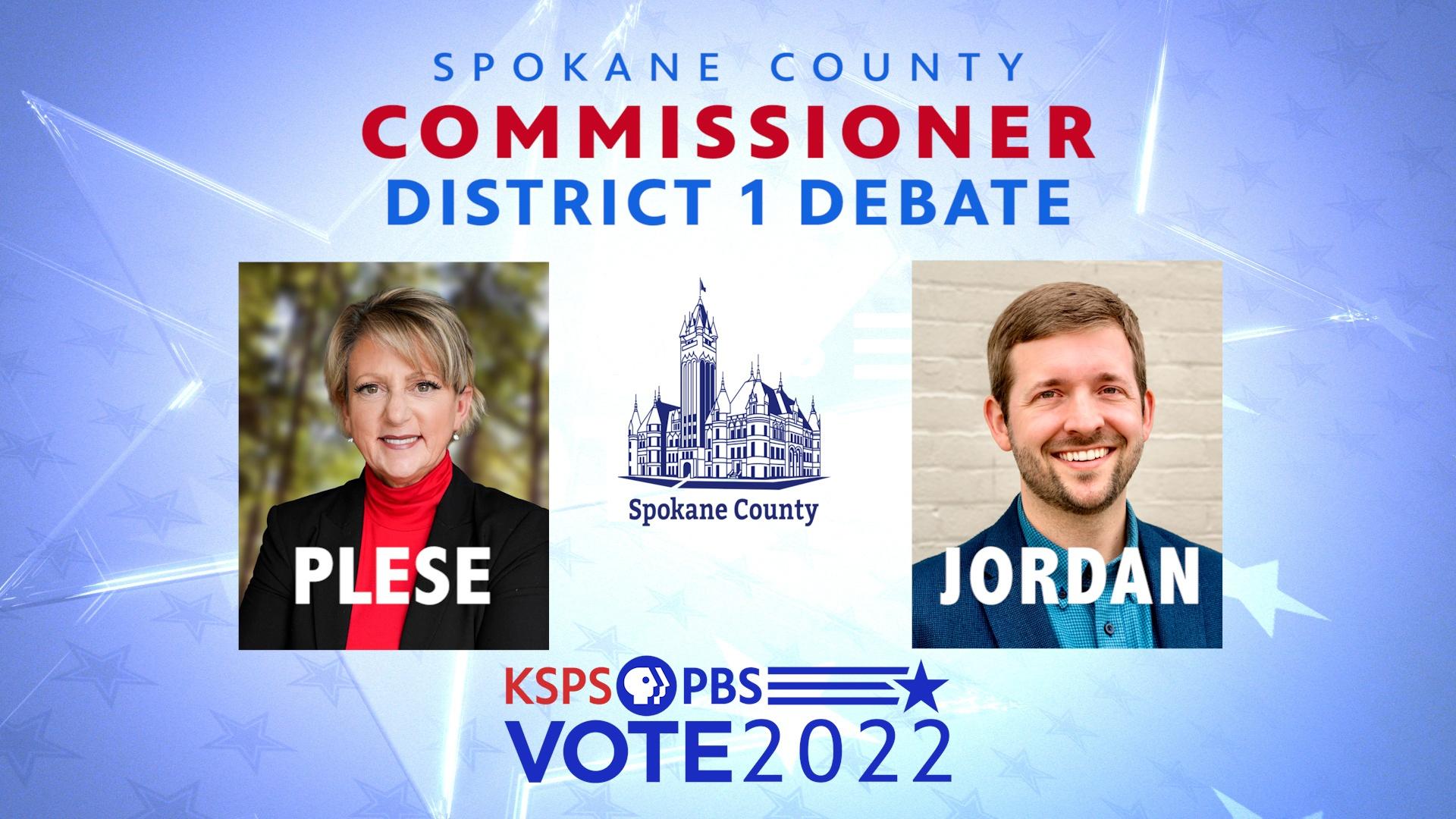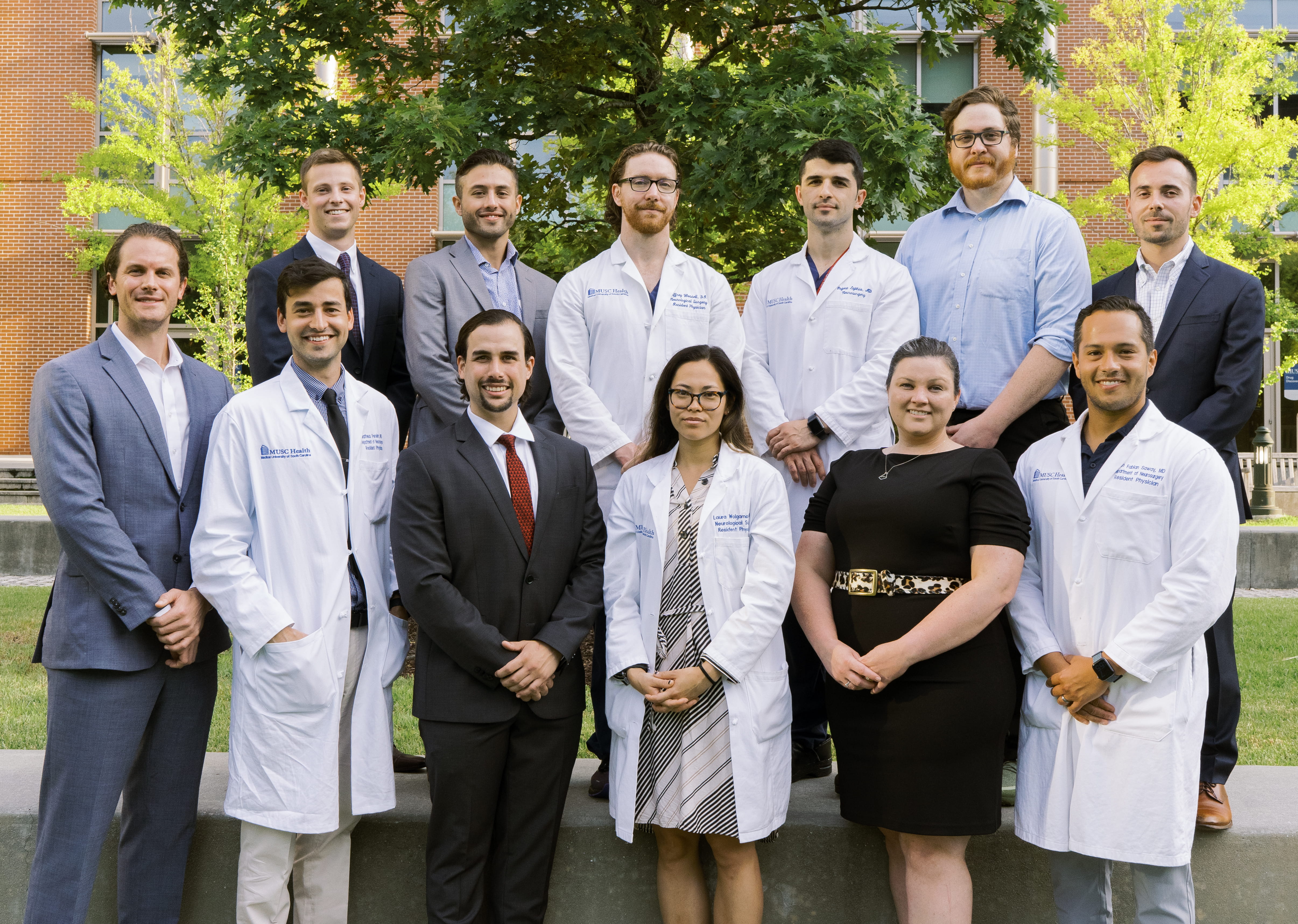Spokane Recommits to Aquifer Protection, Advancing Sustainable Development Goals
Executive Summary: A Mandate for Clean Water
In a decisive move to secure long-term water quality, residents of Spokane have approved a new property tax dedicated to the protection of the Spokane County Aquifer. With an overwhelming 74% majority, the vote reinstates the city into the regional Aquifer Protection Area, directly addressing the United Nations’ Sustainable Development Goal 6 (SDG 6) concerning clean water and sanitation for all.
Financial Commitment and Strategic Allocation
The approved measure establishes a long-term financial framework for water protection, committing the city to the agreement for the next 20 years. The funding model includes:
- An annual tax of approximately $15 for a single-family home within city limits.
- A higher rate, up to $30 annually, for properties in surrounding rural areas.
- A projected doubling of total available funds for the protection area, from $1.3 million to $2.8 million annually.
These funds will be proportionally distributed to participating municipalities for projects aligned with aquifer protection.
Direct Contribution to SDG 6: Clean Water and Sanitation
The initiative’s primary objective is the preservation of the Spokane Valley-Rathdrum Prairie Aquifer, a critical source of drinking water. The allocated funds will support several key actions essential to achieving SDG 6:
- Comprehensive Water Quality Monitoring: Beginning in 2026, funds will be used to monitor 51 sites across the aquifer to detect pollutants and track water levels, ensuring the safety of the water supply.
- Preventative Measures: The city of Spokane intends to utilize its share of the funding for proactive measures, including enhanced monitoring for emerging contaminants such as PFAS chemicals.
- Infrastructure Improvement: The program builds on a successful history of replacing septic tanks with modern sewage systems to prevent contamination, a foundational step in water sanitation.
Advancing a Broader Sustainable Development Agenda
Beyond its primary focus on water, the aquifer protection tax contributes to a range of interconnected Sustainable Development Goals:
- SDG 3 (Good Health and Well-being): By safeguarding drinking water from pollutants, the initiative directly protects public health and prevents water-related illnesses.
- SDG 4 (Quality Education): A portion of the funds is designated for educational outreach, including field trips for students, to foster environmental literacy and awareness of water resource management.
- SDG 11 (Sustainable Cities and Communities): The measure enhances urban resilience by securing a vital natural resource, making the community more sustainable and safe.
- SDG 17 (Partnerships for the Goals): The collaboration between Spokane, Spokane Valley, Millwood, and Spokane County exemplifies a multi-stakeholder partnership for the effective and sustainable management of a shared regional resource.
Conclusion: A Long-Term Investment in Sustainability
The reinstatement of the aquifer protection tax marks a significant policy decision by the citizens of Spokane. This 20-year commitment is not merely a financial measure but a strategic investment in the region’s environmental health, public well-being, and long-term sustainability. By aligning local action with global priorities, the initiative provides a robust framework for achieving critical Sustainable Development Goals, ensuring clean and safe water for future generations.
Analysis of SDGs, Targets, and Indicators
1. Which SDGs are addressed or connected to the issues highlighted in the article?
- SDG 6: Clean Water and Sanitation: This is the primary goal addressed. The article is entirely focused on measures to ensure “clean drinking water” by protecting the Spokane Valley-Rathdrum Prairie Aquifer from pollution.
- SDG 11: Sustainable Cities and Communities: The article discusses a collective, urban-area initiative involving Spokane, Spokane Valley, and other cities to manage a shared natural resource. The tax is a municipal action aimed at reducing the environmental impact of the city on its water source.
- SDG 4: Quality Education: The article explicitly mentions that a portion of the funds raised will be used for educational purposes to promote awareness about water resource protection.
2. What specific targets under those SDGs can be identified based on the article’s content?
- Target 6.1: Achieve universal and equitable access to safe and affordable drinking water for all. The article’s central theme is the implementation of a tax “aimed at maintaining clean drinking water” for the residents of Spokane. The specified tax amount of “$15-a-year” for a single-family home points towards the affordability aspect of this target.
- Target 6.3: Improve water quality by reducing pollution. The article details several actions related to this target. The protection area was created to “shield the Spokane Valley-Rathdrum Prairie Aquifer from pollutants.” Past actions included replacing septic tanks with a sewage system, and future plans involve “monitoring for chemicals like PFAS in the drinking water.”
- Target 6.5: Implement integrated water resources management at all levels. The article describes a cooperative agreement between multiple cities (Spokane, Spokane Valley, Millwood) within Spokane County to manage a shared resource, the aquifer. Spokane rejoining the “aquifer protection area” demonstrates the implementation of integrated management at a local, cross-jurisdictional level.
- Target 6.b: Support and strengthen the participation of local communities in improving water and sanitation management. The entire initiative was approved through a public vote, with the tax passing the election “with around 74% backing.” This is a direct example of local community participation and approval.
- Target 11.6: Reduce the adverse per capita environmental impact of cities. The effort to protect the aquifer from pollutants generated by the urbanized area, including the historical project of replacing septic tanks with a modern sewage system, directly contributes to reducing the city’s environmental footprint.
- Target 4.7: Ensure that all learners acquire the knowledge and skills needed to promote sustainable development. The article states that the county uses funds for “education opportunities like field trips to the water reclamation facility to teach children about the importance of the aquifer,” which directly aligns with education for sustainable development.
3. Are there any indicators mentioned or implied in the article that can be used to measure progress towards the identified targets?
- For Target 6.1: The annual tax rate (“$15-a-year”) serves as an indicator of the cost of maintaining safe drinking water, relating to the “affordable” aspect of the target.
-
For Target 6.3: Specific, measurable indicators are mentioned. Progress can be tracked by:
- The results from the “monitoring of 51 sites around the Spokane Valley-Rathdrum Prairie Aquifer” for pollutants and chemicals like PFAS.
- The number of septic tanks replaced with a sewage system (a historical indicator mentioned).
- For Target 6.5: The primary indicator is the existence and funding of the “Spokane County Aquifer Protection Area.” The increase in total funds from “$1.3 million to $2.8 million” is a quantitative indicator of the scale of this integrated management program.
- For Target 6.b: The election result, “around 74% backing the tax,” is a direct and quantifiable indicator of the level of community participation and support.
- For Target 11.6: The successful replacement of septic tanks with a sewage system serves as an indicator of improved municipal waste management to reduce environmental impact.
- For Target 4.7: The number of “education opportunities like field trips” funded and the number of children participating would be direct indicators of progress.
4. Summary Table of SDGs, Targets, and Indicators
| SDGs | Targets | Indicators Identified in the Article |
|---|---|---|
| SDG 6: Clean Water and Sanitation | 6.1: Achieve universal and equitable access to safe and affordable drinking water for all. | Implementation of a $15/year tax to maintain clean drinking water. |
| 6.3: Improve water quality by reducing pollution. | Monitoring for pollutants and chemicals (like PFAS) at 51 sites; replacement of septic tanks with sewage systems. | |
| 6.5: Implement integrated water resources management at all levels. | Re-establishment of the multi-city Spokane County Aquifer Protection Area; increase in total funds to $2.8 million. | |
| 6.b: Support and strengthen the participation of local communities in improving water and sanitation management. | Public election result with ~74% of residents backing the tax. | |
| SDG 11: Sustainable Cities and Communities | 11.6: Reduce the adverse per capita environmental impact of cities. | Replacing septic tanks with a sewage system to protect the urban aquifer. |
| SDG 4: Quality Education | 4.7: Ensure that all learners acquire the knowledge and skills needed to promote sustainable development. | Funding for education opportunities and field trips to teach children about the aquifer. |
Source: spokesman.com







